How To Get Relief From Kidney Pain
Kidney pain describes painful sensations that occur inside or immediately around an individual's kidneys. The kidneys pull extra fluids, minerals, and wastes from the blood so they can be eliminated from the body through the urine. The kidneys also produce certain hormones and manage blood pressure levels. Pain in the kidneys can be caused by several factors, including urinary tract infections, kidney injury, kidney stones, kidney infection, or renal cancer. Some patients who experience kidney pain may mistake it for being muscle, nerve, or bone pain in their back. The source of an individual's kidney pain can be determined through the use of a physical examination, blood tests, diagnostic imaging, and urinalysis. The method of treatment is greatly influenced by the underlying cause. Some forms of treatment can resolve the underlying issue, while others work to manage symptoms.
Get familiar with the common methods of treatment for kidney pain now.
Pain Medication
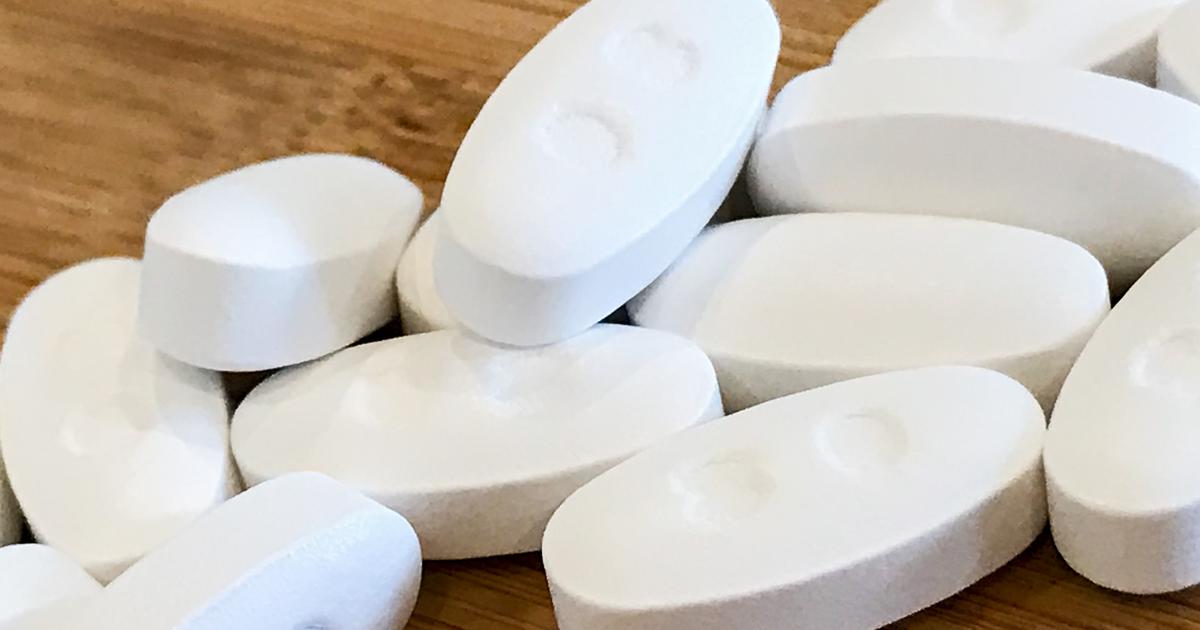
Regardless of the underlying cause, pain medication may be used as part of a patient's treatment to help alleviate the pain in their kidneys. Certain pain medications such as ibuprofen, naproxen sodium, and acetylsalicylic acid are not typically used to treat kidney pain in chronic kidney disease patients. However, individuals who have kidney pain from kidney stones or a kidney infection can take these medications for the short-term to help alleviate pain. Paracetamol or acetaminophen is another over-the-counter pain relief medication safe for use in individuals experiencing kidney pain due to an infection, stones, and chronic kidney disease.
Opioids are pain-relieving medications that require a prescription from a physician. These drugs bind themselves to certain receptors in a patient's spinal cord and brain to provide relief similar to that of morphine drugs. These pain-relieving medications can be safe for patients who have kidney pain associated with recent surgery, like a kidney transplant, renal tumor excision, or stent placement. Opioids may also be utilized in individuals affected by kidney pain caused by a cancerous tumor growing in or around their kidney. Opioids may be used in some patients suffering from passing kidney stones, but are only used as a short term solution because of their addictive properties.
Uncover more treatment options for kidney pain now.
Course Of Antibiotics
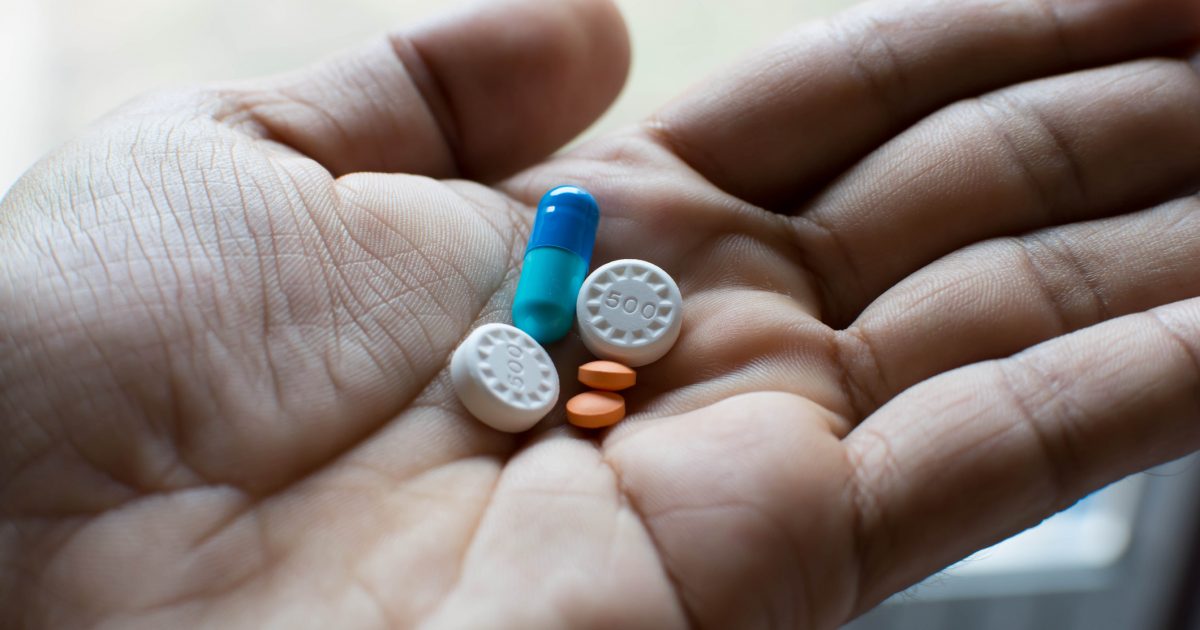
If an individual's kidney pain is caused by a kidney infection, they will need to take a course of antibiotics as part of their treatment regimen. Patients who have a kidney infection as the underlying cause of their kidney pain have bacteria, pus, or blood presence in their urine. The pain caused by an infection in the kidneys is treated with antibiotics if the infection has been caused by bacteria. Bacteria can move from an individual's bladder through their ureters and into the kidney. Oral antibiotics are typically given to patients who seek treatment for a bladder infection that has not yet progressed to the kidneys. However, infections in the kidneys may need to be treated with a strong initial dose of antibiotics at a physician's office followed by up to two weeks of oral antibiotics. Severe infections of the kidneys that cause considerable pain, nausea, vomiting, and dehydration may need to be treated using antibiotics in an inpatient setting. As the antibiotics kill off the infection-causing bacteria in the affected individual, their kidney pain usually begins to ease up. Kidney pain from a kidney infection cannot be eliminated through the use of pain-relieving medications alone, as they do not treat the underlying cause of the pain.
Keep reading to learn more about getting relief from kidney pain now.
Kidney Stone Removal Surgery
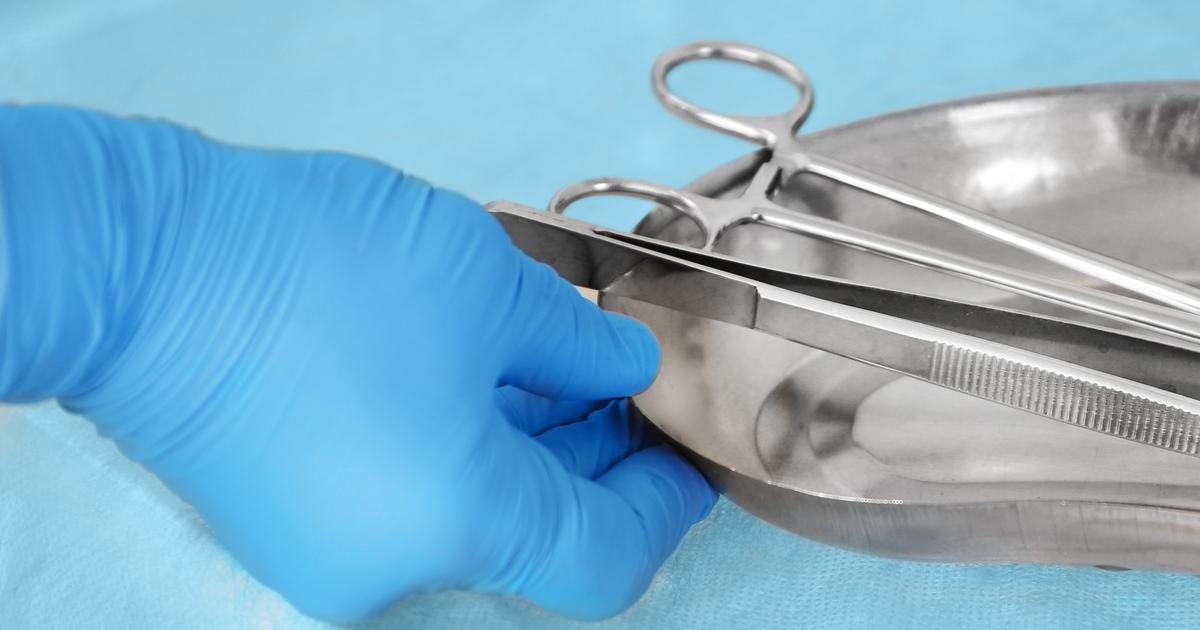
Kidney stone removal surgery may be required to treat an individual who is experiencing pain due to kidney stones. Many kidney stones do not produce symptoms and pass on their own. However, some stones can get stuck in the urinary tract and stop the normal flow of urine from the kidneys to the bladder. When a kidney stone produces a urinary obstruction, the urine backs up into the kidneys. The kidneys begin to swell and become enlarged, which produces a considerable amount of pain. Surgical removal is required when the kidney stone is unable to be passed or removed manually through a ureteroscopy procedure.
Kidney stone removal surgery can be done in several ways. Percutaneous nephrolithotomy or nephrolithotripsy involves an incision in the patient's back that allows tube access to the affected kidney or ureter. The surgeon uses the tube and specialized tools to remove the stone and sutures up the incision, or they use a laser to break up the stone before vacuuming the pieces up through the tube and closing the incision. Most stones can be treated this way, but some cases still require traditional open surgery to remove the stone.
Read more about treating kidney pain effectively now.
Extended Bed Rest
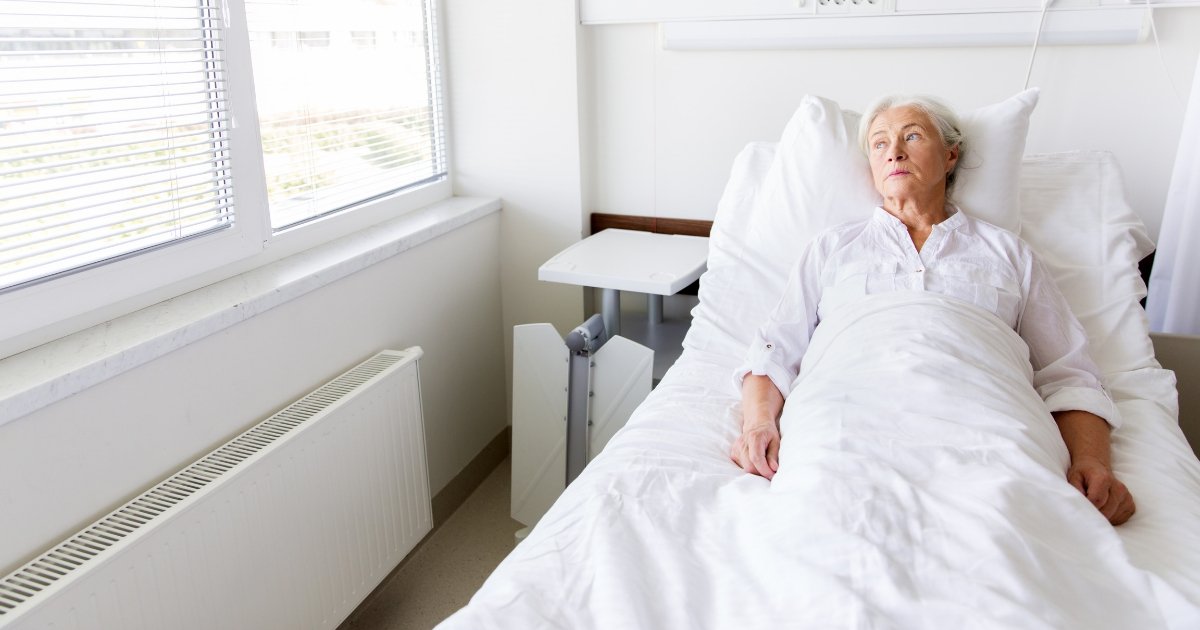
An individual who is experiencing kidney pain due to a kidney injury may be put on extended bed rest. An aneurysm, arteriovenous fistula, trauma, arterial blockage, or renal vein thrombosis can cause injury to an individual's kidney. Injuries to the kidney can also be the result of a tumor, bladder obstruction, diabetes, toxic substance exposure, inflammation, ureteropelvic junction obstruction, kidney stones, autoimmune disorders, cancer, uric acid buildup, hypertension, medical procedures, or ureteral obstruction. Treatment for injuries to the kidneys focuses on the prevention of further complications and treatment of symptoms, such as pain and bleeding. An individual with a kidney injury may be required to be on extended bed rest for several weeks, which allows the kidney tissues to repair themselves without added strain or stress that naturally comes with everyday physical activity. Extended bed rest also helps with pain relief and preventing kidney failure following kidney injury.
Get more details on treating kidney pain now.
Renal Stent Placement

Renal stent placement may be required to treat a patient experiencing kidney pain because their urinary tract has become obstructed at some point or because of oxygen deprivation in the kidney tissues. Renal stent placement can refer to the installation of a stent in the renal artery responsible for carrying blood to the kidneys, or it may refer to the installation of a stent in one of the ureters that carry urine from the kidneys to the bladder. Renal artery stent placement is a procedure where a long tube is placed inside of the renal artery and expanded to allow better blood flow to the kidney tissues. Poor blood flow to the kidney tissues can cause pain as the cells shut down and begin to die. Ureteral stent placement is a procedure where a tube is placed inside one of the ureters that has become obstructed. The stent is expanded to allow urine to flow through. This type of stent placement is helpful when a patient is experiencing pain because their urine has backed up into their kidneys and caused them to swell and become inflamed.
Continue reading to reveal more ways to find relief from kidney pain now.
Drink More Water

Depending on what is causing an individual to experience pain in their kidneys, they may need to drink more water as part of their treatment plan. An individual may be experiencing kidney pain due to an infection that has made its way from the bladder through the ureters and into the kidneys. It can help to drink more water to flush the infection from the bladder and kidneys. Greater intake of water can also help the immune system work hard to eliminate the pathogen causing the infection in the individual's kidneys. Patients with kidney stones can experience pain when the stones grow to a certain size, and when they move a certain way in the kidneys. An individual affected by kidney stones can drink more water to help prevent the stones from becoming larger. Drinking plenty of fluids for a kidney stone can also help push the stone through the urinary tract faster. While the movement of the stone through the urinary tract is initially painful, the pain will be alleviated as soon as the stone has been passed.
Read more about how to treat kidney pain now.
Cyst Drainage And Removal
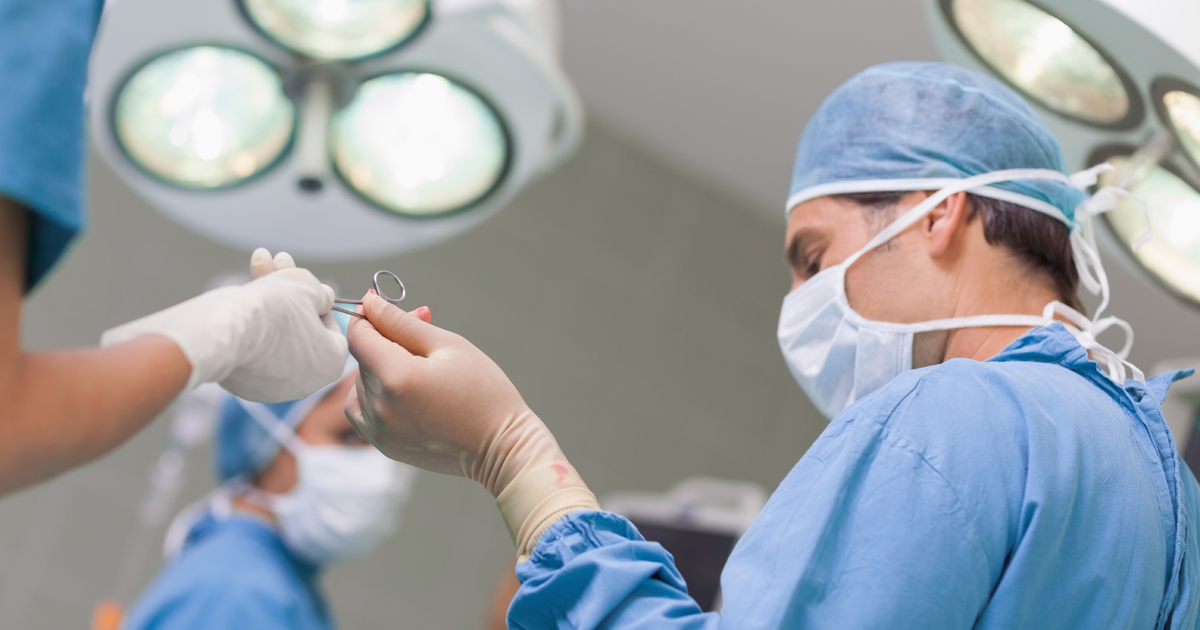
Kidney cysts are round fluid-filled pouches that develop inside or on the kidneys. Two types of cysts develop in the kidneys: simple kidney cysts and cysts from polycystic kidney disease. Both types of cysts can produce flank pain or pain in the back or side. However, polycystic kidney disease is more likely to cause kidney pain because it causes multiple cysts to form that cause the kidney to become abnormally enlarged. The enlarged cyst-filled kidney can lose functionality and cause a patient to experience kidney pain from tissue damage. Both simple kidney cysts and the cysts that form due to polycystic kidney disease can become infected and produce pain. Cyst drainage and removal can help remove the cysts, alleviate pain in the kidneys, and prevent the regrowth of the problematic cyst.
Discover additional options for finding relief from kidney pain now.
Kidney Transplant

A patient experiencing kidney pain may need to have a kidney transplant as the last resort method of treatment for the underlying cause of their symptoms. Kidney pain can develop in numerous different conditions, which can cause kidney disease and kidney failure over time. Kidney pain can be caused by diabetes as high blood sugar levels damage the filters in their kidney and reduce their function to the point of failure. Long-term high blood pressure can cause pain in the kidneys due to the damage incurred by the tiny blood vessels in the kidney filters, which is caused by excessive force on the blood vessel walls. Hypertension can cause kidney failure that may require a kidney transplant. End-stage renal disease and the pain that occurs along with it can be renal artery stenosis, where the arteries that supply the kidneys with blood become obstructed. When polycystic disease cannot be treated with cyst drainage and removal effectively, a kidney transplant may be needed. During a kidney transplant, the diseased kidney is removed and replaced by a functional kidney from a human donor.
Get more information on how to find relief from kidney pain now.
Dietary Adjustments
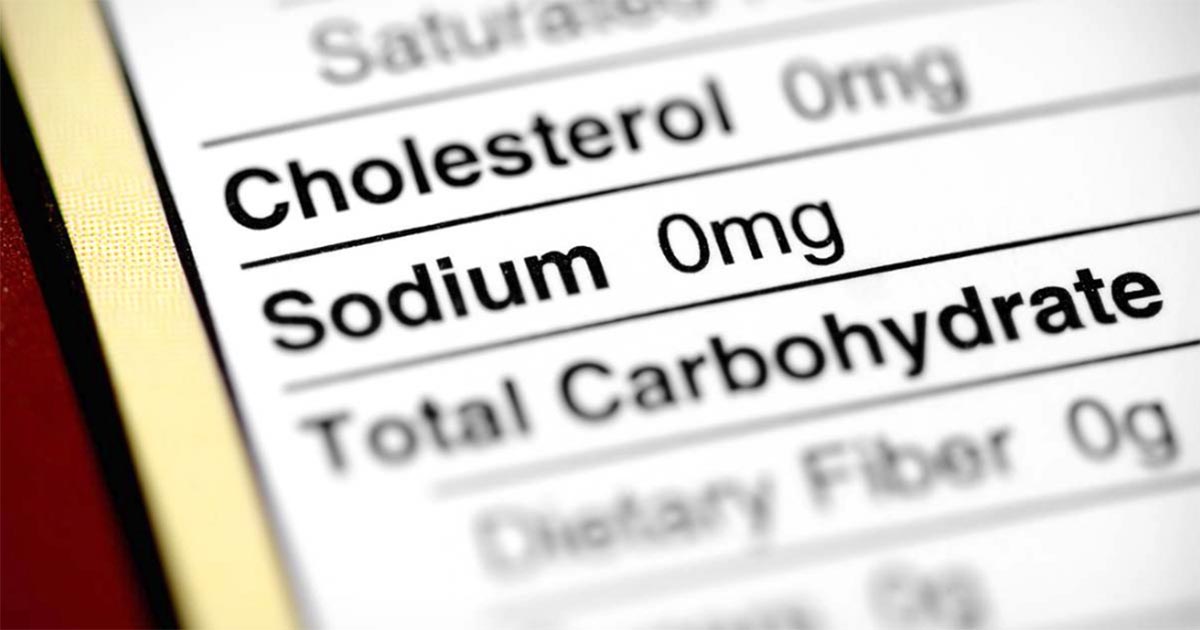
Kidney pain caused by certain conditions may be alleviated by making dietary adjustments to treat the issue. Diabetes patients dealing with kidney pain from diabetic nephropathy may need to consume a diet lower in sugar and sodium to manage their blood sugar and blood pressure properly. Individuals experiencing pain from kidney damage caused by high blood pressure may need to make adjustments to lower the amount of sodium in their diets. Patients with pain in their kidneys due to the formation of certain types of kidney stones may need to make adjustments in their diet to lower their consumption of foods high in low-density lipoprotein cholesterol and fats. An individual affected by recurrent kidney infections that are producing organ damage and pain may need to make changes in their diet to ensure they consume more fluids throughout the day to help clear the bacteria and prevent further infections.
Uncover more options for dealing with kidney pain now.
Anticoagulants For Blood Clots
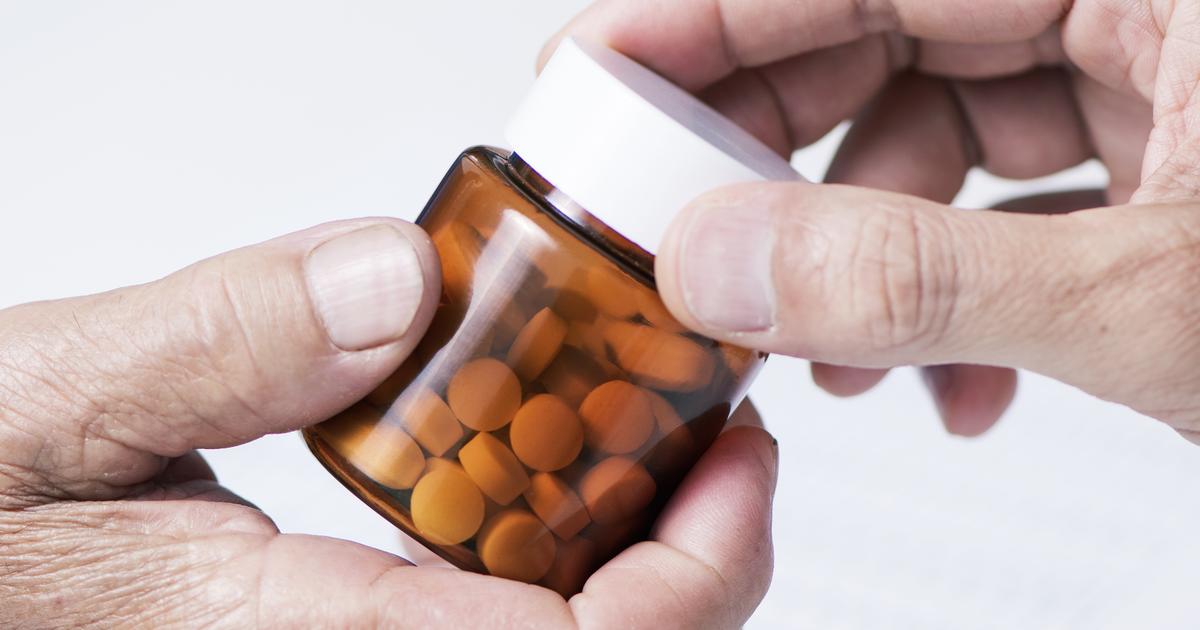
An individual affected by kidney pain may need to be treated with the use of anticoagulants. This type of treatment for kidney pain applies to individuals affected by renal vein thrombosis, a condition in which the veins that carry blood away from the kidney tissues become obstructed by blood clots. The obstruction of the renal vein causes injury to the individual's kidney tissues and may produce other deadly complications. Blood clots can be treated with the use of anticoagulants, which work by inhibiting an individual's blood from forming inappropriate clots by stopping the blood components from sticking to each other. These medications are also used to treat existing blood clots and keep them from growing larger. Common anticoagulants used to treat renal vein thrombosis include apixaban, edoxaban, heparin, warfarin, dabigatran, fondaparinux, and rivaroxaban.
